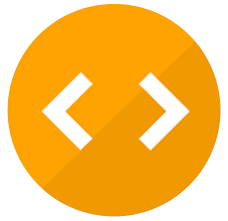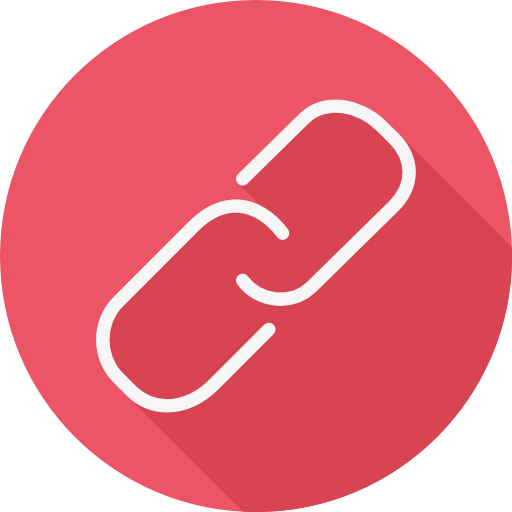Check nearby libraries
Buy this book

"The second edition of the Urban Design Reader draws together the very best of classic and contemporary writings to illuminate and expand the theory and practice of urban design. Nearly fifty generous selections include seminal contributions from Howard, Le Corbusier, Lynch and Jacobs to more recent writings by Hiller, Koolhaas and Sorkin. Following the widespread success of the first wdition of the Urban Design Reader, this updated edition continues to provide the most important historical material of the urban design field, but also introduces new topics and selections that address the myriad challenges facing designers today. The six part structure of the second edition guides the reader through the history, theory and practice of urban design. The reader is initially introduced to those classic writings that provide the historical precedents for city-making into the twentieth Century. Section two introduces the voices and ideas that were instrumental in establishing the foundations of the urban design field from the late 1950s up to the mid 1990s. These authors present a critical reading of the design professions and offer an alternative urban design agenda focused on vital and lively places. The authors in section three provide a range of urban design rationales and strategies for reinforcing local physical identity and the creation of memorable places. These selections are largely describing the outcomes of mid-century urban design and voicing concerns over the placeless quality of contemporary urbanism. The fourth part of the Reader explores key issues in urban design and development. Ideas about sprawl, density, community health, public space and everyday life are the primary focus here. Several new selections in this part of the book also highlight important international development trends in the Middle East and China. Section five presents environmental challenges faced by the built environment professions today, including recent material on landscape urbanism, sustainability, and urban resiliency. The final section examines professional practice and current debates in the field: where urban designers work, what they do, their roles, their fields of knowledge and their educational development. The section concludes with several position pieces and debates on the future of urban design practice. This book provides an essential resource for students and practitioners of urban design, drawing together important but widely dispersed writings. Section and selection introductions are provided to assist readers in understanding the context of the material, summary messages, impacts of the writing, and how they fit into the larger picture of the urban design field. "--
Check nearby libraries
Buy this book

Showing 1 featured edition. View all 1 editions?
| Edition | Availability |
|---|---|
| 1 |
aaaa
Libraries near you:
WorldCat
|
Book Details
Edition Notes
Includes bibliographical references and index.
Classifications
The Physical Object
ID Numbers
Community Reviews (0)
Feedback?History
- Created April 18, 2012
- 8 revisions
Wikipedia citation
×CloseCopy and paste this code into your Wikipedia page. Need help?
| September 4, 2024 | Edited by MARC Bot | import existing book |
| December 21, 2022 | Edited by MARC Bot | import existing book |
| December 15, 2022 | Edited by MARC Bot | import existing book |
| October 17, 2020 | Edited by MARC Bot | import existing book |
| April 18, 2012 | Created by LC Bot | Imported from Library of Congress MARC record |






